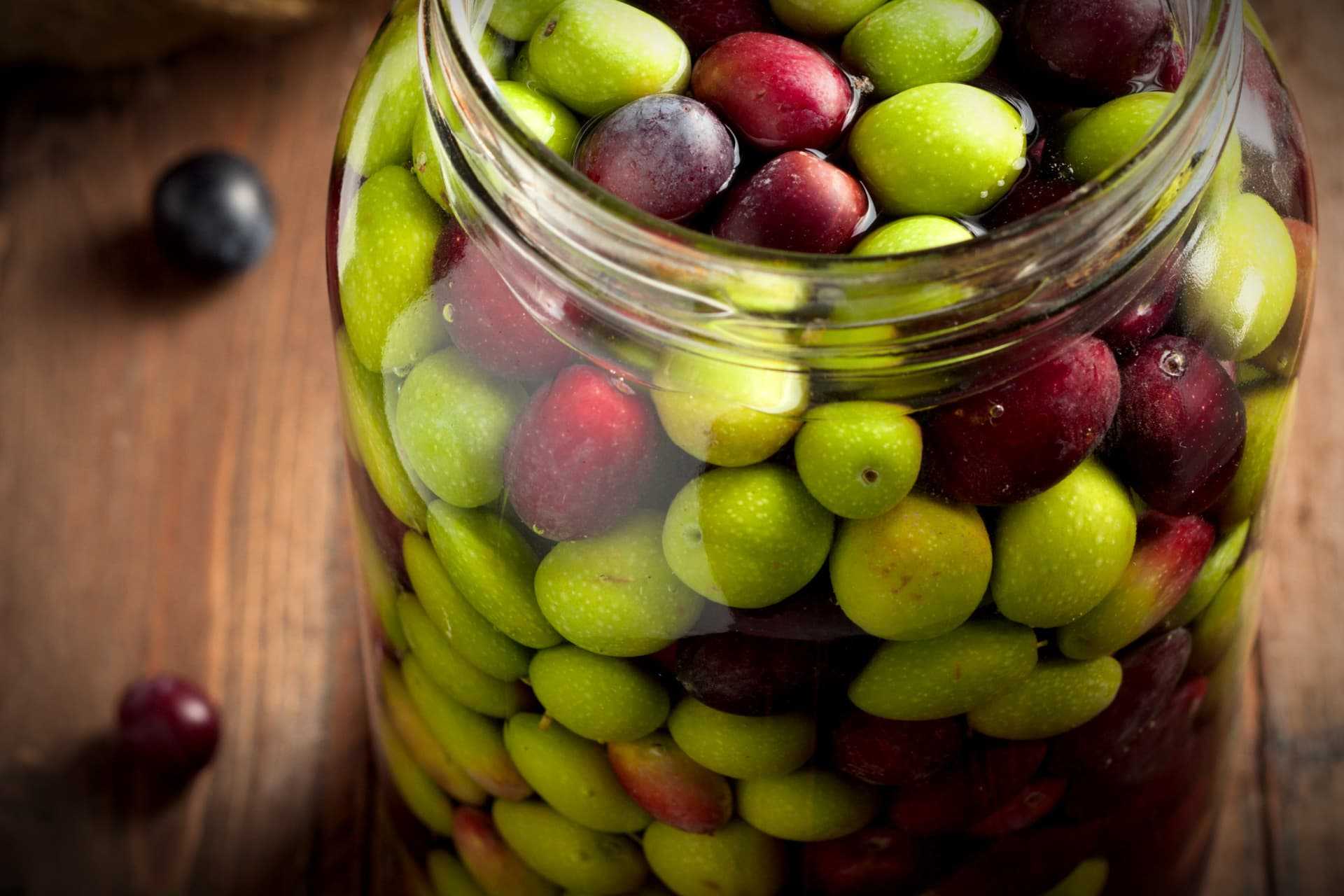 32.0K reads
32.0K readsBasics
Olive Brine, a Secret Kitchen Ingredient

Olives are a staple food in various cuisines, and the brine in the jar with olives is a mixture of water, salt, and vinegar that can be used creatively in cooking to add depth and flavor to dishes. Olive brine can be used in a variety of ways, such as adding it to marinara sauce, seasoning water for pasta or rice, enhancing pizza sauce, vinaigrettes, soups, and cocktails, and substituting broth in recipes.
Olives are an ancient staple food of southern European, Mediterranean, and Middle Eastern cuisines.
When people buy a jar of olives to use on a spaghetti alla puttanesca, Greek salad or even enjoy as a snack, they are also getting the brine contained in the jar to preserve the olives.
While it sounds humble, olive brine is a secret ingredient that stretches my dollar, reduces waste in my kitchen and adds depth to my vegetarian meals.
This brine is basically a mixture of water, salt and vinegar. With time, and as the olives marinate in the mixture, an infusion process takes place, enriching the brine with the alluring flavor of the olives.
See Also:Food & CookingIn cooking, olive brine can be a versatile condiment that serves many purposes.
“Once I realized olive brine was a sneaky shortcut to acidity and depth, I started using it creatively and spontaneously, adding it to whatever needed some,” Katy Frank wrote in Bon Appétit, an online food publication.
“While it sounds humble, olive brine is a secret ingredient that stretches my dollar, reduces waste in my kitchen and adds depth to my vegetarian meals,” she added. “The beauty of the brine is that while it adds olive flavor, it can be as subtle or strong as you like.”
An easy trick is to add some brine to a store-bought or homemade marinara sauce for a deep umami flavor. Seasoning water with olive brine to cook pasta or rice will also change the gustatory perception of the dish by adding a slight savoriness to it.
Olive brine (also referred to as olive juice) is found in olive jars and can also be bought separately from many major retailers.
Chef and cookbook author Kate McMillan advises to first sip the brine before adding it to food to get an idea of the saltiness and taste. Cooking the brine will also intensify the flavor as the heat causes the salt to concentrate.
See Also:Recipes with Olive OilThe brine can enhance the flavors in pizza sauce, olive oil vinaigrettes, vegetable soups, homemade ketchup, scrambled eggs, hummus and salad dressings.
It can also easily substitute the broth used in many recipes. Brine from jars of either black or green olives will do the job, however with different taste results.
Olive brine is also used by bartenders and mixologists in bars and cocktail rooms. Bartender Eric Tecosky, the first to bottle olive brine to be exclusively used in drinks, described it as “a thicker brine that is olive-forward with that bite of salt that people like, yet fruity at the finish.”
And while dirty, extra dirty or even filthy martinis may pop into everybody’s mind, adding olive brine to a bloody mary or a michelada cocktail also makes all the difference.









